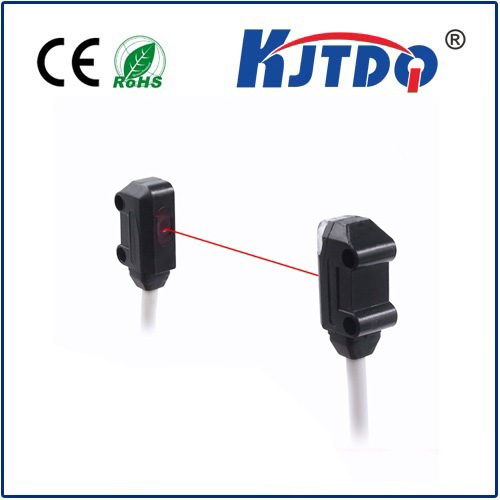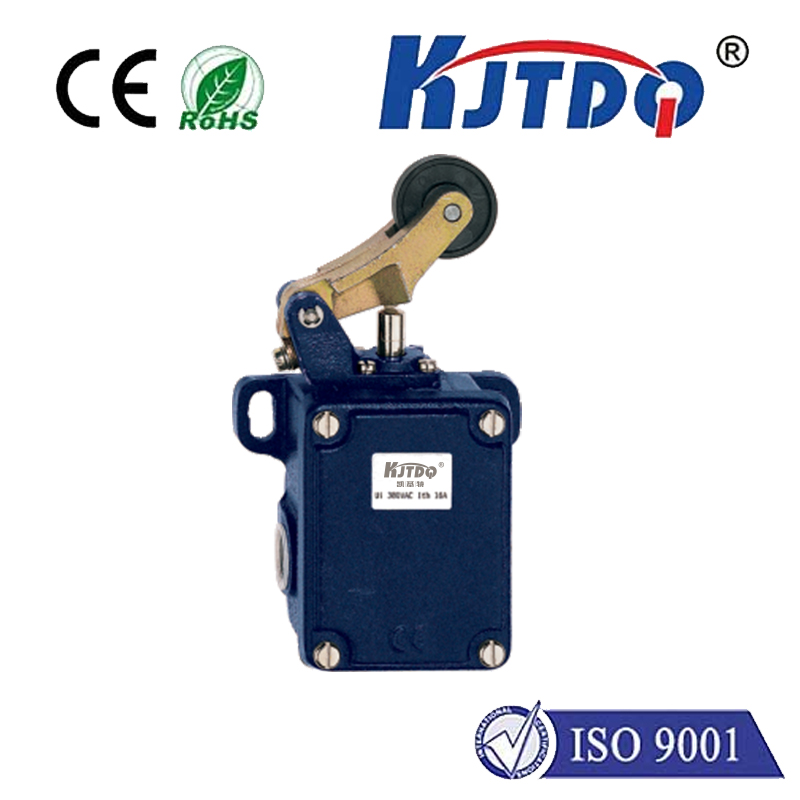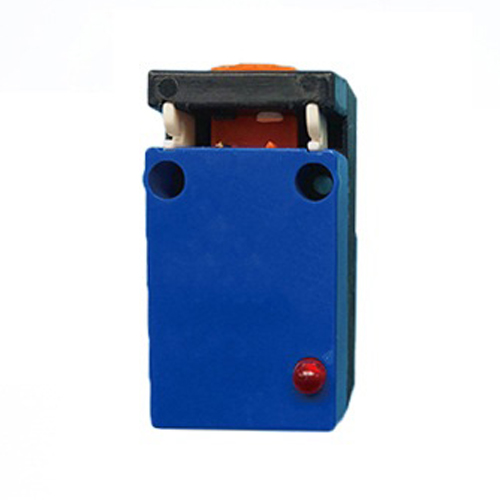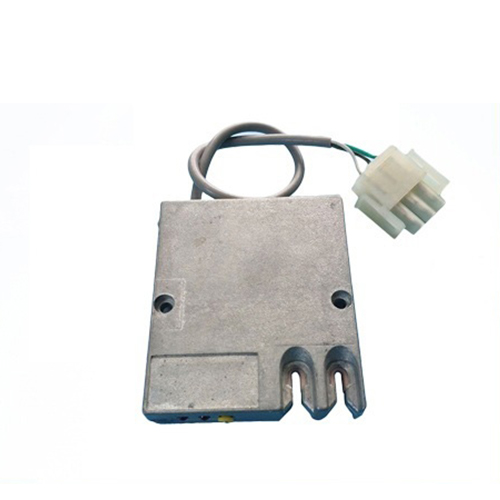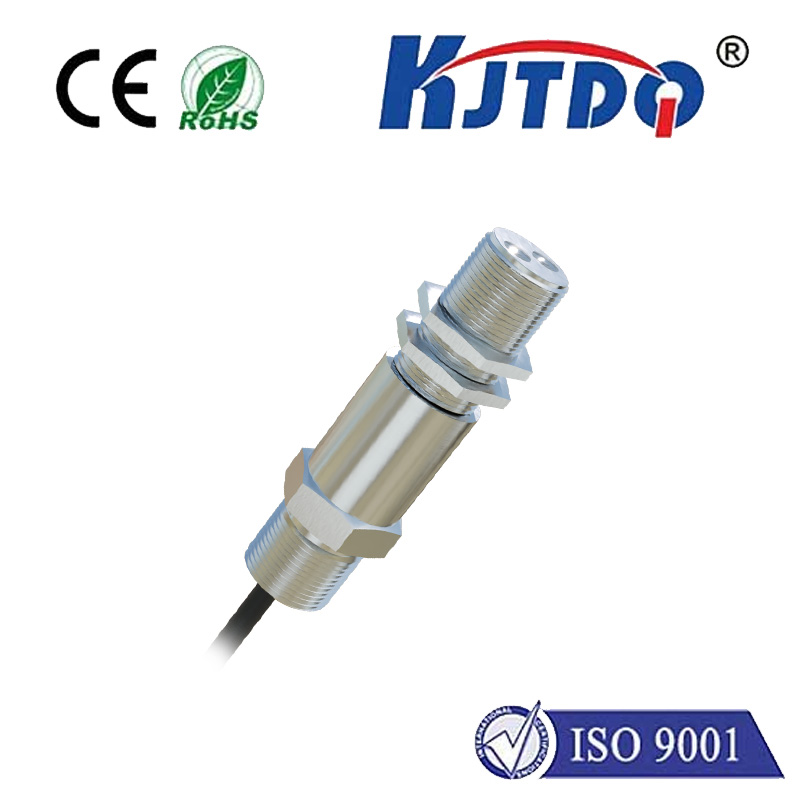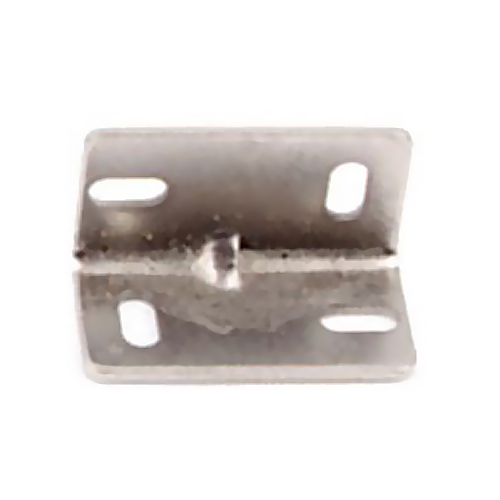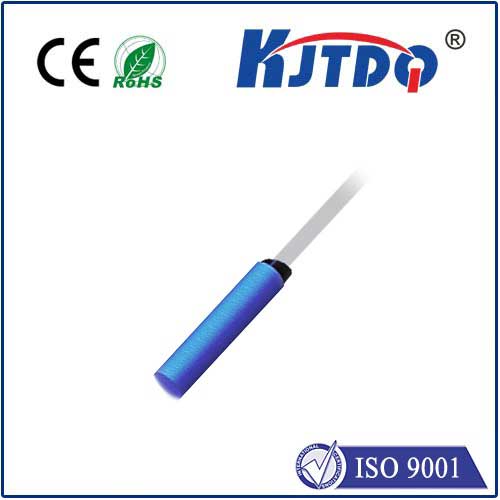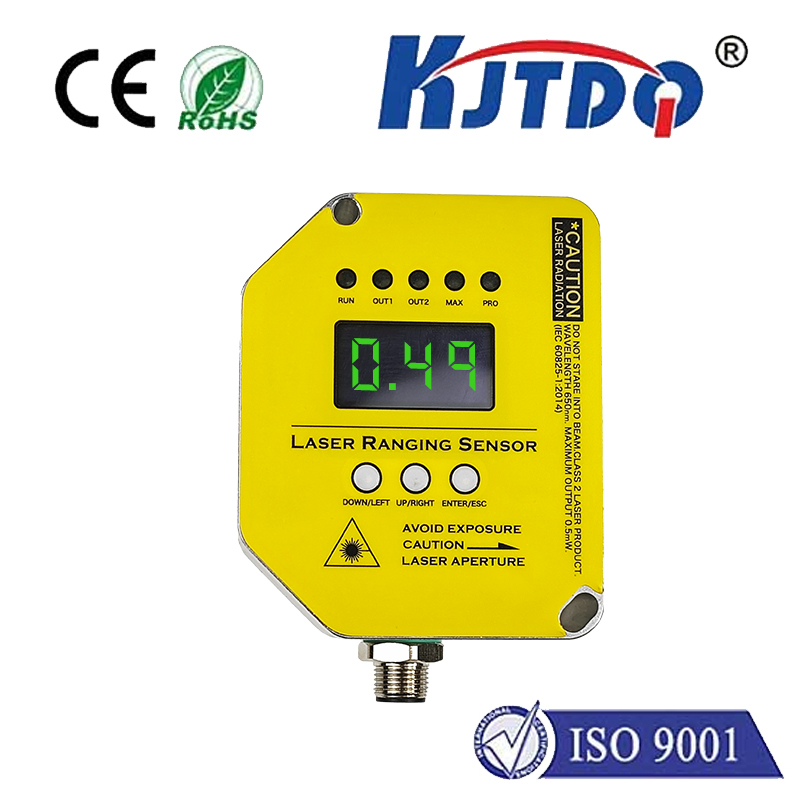

check

check

check

check

check

check

check

check

check

check
Ever found yourself accidentally muting a call or activating airplane mode because your ear brushed the screen? That frustrating moment is often the work – or sometimes, the overzealous work – of a proximity sensor. While these tiny marvels are ubiquitous in smartphones and countless other devices, whispering “no proximity sensor” isn’t a sign of obsolescence or cheapness. Instead, it represents a conscious design choice with compelling advantages in specific contexts. Understanding why proximity sensors are sometimes excluded reveals a fascinating layer of intentional engineering.
Proximity sensors, for the uninitiated, are devices that detect the presence of nearby objects without physical contact. Primarily using infrared (IR) light or electromagnetic fields, they tell the system, “something is close!” This simple function underpins features like automatic screen blackout during calls (saving power and preventing cheek-dials), touch rejection in appliances, and safety cut-offs in machinery. Their value is undeniable. Yet, the narrative isn’t complete without asking: When does saying “proximity sensor no” make sense?
1. Embracing Durability and Resilience: Where environments are harsh, complexity is the enemy. Think heavy machinery, industrial control panels, rugged outdoor equipment, or devices exposed to constant dirt, grime, or vibration. Every additional component, especially an optical one with a lens or emitter window, is a potential point of failure. Omitting the proximity sensor streamlines the device, reducing vulnerabilities. Sealed physical buttons or robust touch interfaces requiring firm, deliberate presses become more reliable alternatives, ensuring operation continues in dust storms, downpours, or greasy workshops where a delicate IR sensor might become obscured or malfunction.
2. Simplifying for Young and Casual Users: Have you watched a toddler interact with a tablet? They poke, they prod, they cover every inch with sticky fingers. For low-cost children’s tablets or very basic feature phones aimed at seniors or casual users, a proximity sensor adds cost and complexity for marginal benefit. These users often don’t make constant calls requiring ear-detection blackouts. Simplifying the interface by eliminating this sensor makes the device more affordable and potentially less confusing. Reliance on clear ‘End Call’ buttons or timed screen dimming becomes a pragmatic, user-centric choice.
3. Cost Optimization in Disposable Tech: In the fiercely competitive world of ultra-low-budget electronics – think disposable trackers, incredibly cheap remotes, or promotional gadgets – every cent matters. Adding a proximity sensor incurs not just the sensor cost itself, but also related circuitry, calibration, and software integration expenses. When proximity detection isn’t core to the device’s essential function, manufacturers justifiably say “proximity sensor no.” This calculated omission allows resources to be focused where they deliver the most value for the price point, ensuring market viability.
4. Leveraging Alternative Solutions: Technology offers more than one path. Sometimes, clever design or existing components can provide “good enough” proximity-like functionality without a dedicated sensor. Consider:
5. Streamlining Minimalist and Novel Form Factors: Pushing the boundaries of design sometimes demands radical simplification. Concept devices, ultra-minimalist gadgets, or products prioritizing a unique aesthetic might intentionally shed components deemed non-essential. A dedicated proximity sensor might clash with the purity of the design vision or simply not fit within the novel physical constraints. Here, omission is an aesthetic and structural statement, requiring innovative UI solutions to compensate.
Does “No Proximity Sensor” Mean a Worse Experience? Not Necessarily.
It’s crucial to avoid binary thinking. The absence of a proximity sensor becomes a disadvantage only if the device attempts to perform tasks fundamentally reliant on proximity detection without offering a viable substitute. A smartphone without a proximity sensor would frustrate users constantly battling accidental touches during calls. Conversely, a ruggedized payment terminal without one functions perfectly reliably because its core interaction – deliberate button presses or card taps – doesn’t depend on sensing nearby objects.
The key isn’t the presence or absence of the sensor itself, but how thoughtfully the overall User Experience (UX) is designed around its omission. If physical buttons are responsive, the UI is clear, and touch rejection is robust (where applicable), users won’t miss a component they never needed in that specific context. Successful design hinges on matching the technology to the device’s intended purpose and environment.
The Future: Purposeful Integration Over Ubiquity
As technology evolves, we’re not moving towards a world devoid of proximity sensors. Instead, we’re advancing towards smarter, more context-aware integration. Sensors are becoming smaller, less power-hungry, cheaper, and sometimes integrated differently (like under-display solutions). However, the principle remains: the best designs use proximity sensing only when it demonstrably enhances the core user journey and justifies its inclusion against cost, complexity, and robustness goals.
Engineers and designers constantly weigh trade-offs. Saying “proximity sensor no” isn’t an admission of weakness; it’s a strategic decision driven by cost targets, resilience requirements, user demographics, alternative technological solutions, or bold design philosophies. It underscores that true innovation lies in understanding that the most sophisticated design isn’t always the one with the most sensors, but the one where every component serves a definitive, valuable purpose. Recognizing the rationale behind this omission reveals the sophisticated pragmatism underpinning the devices we interact with daily.
